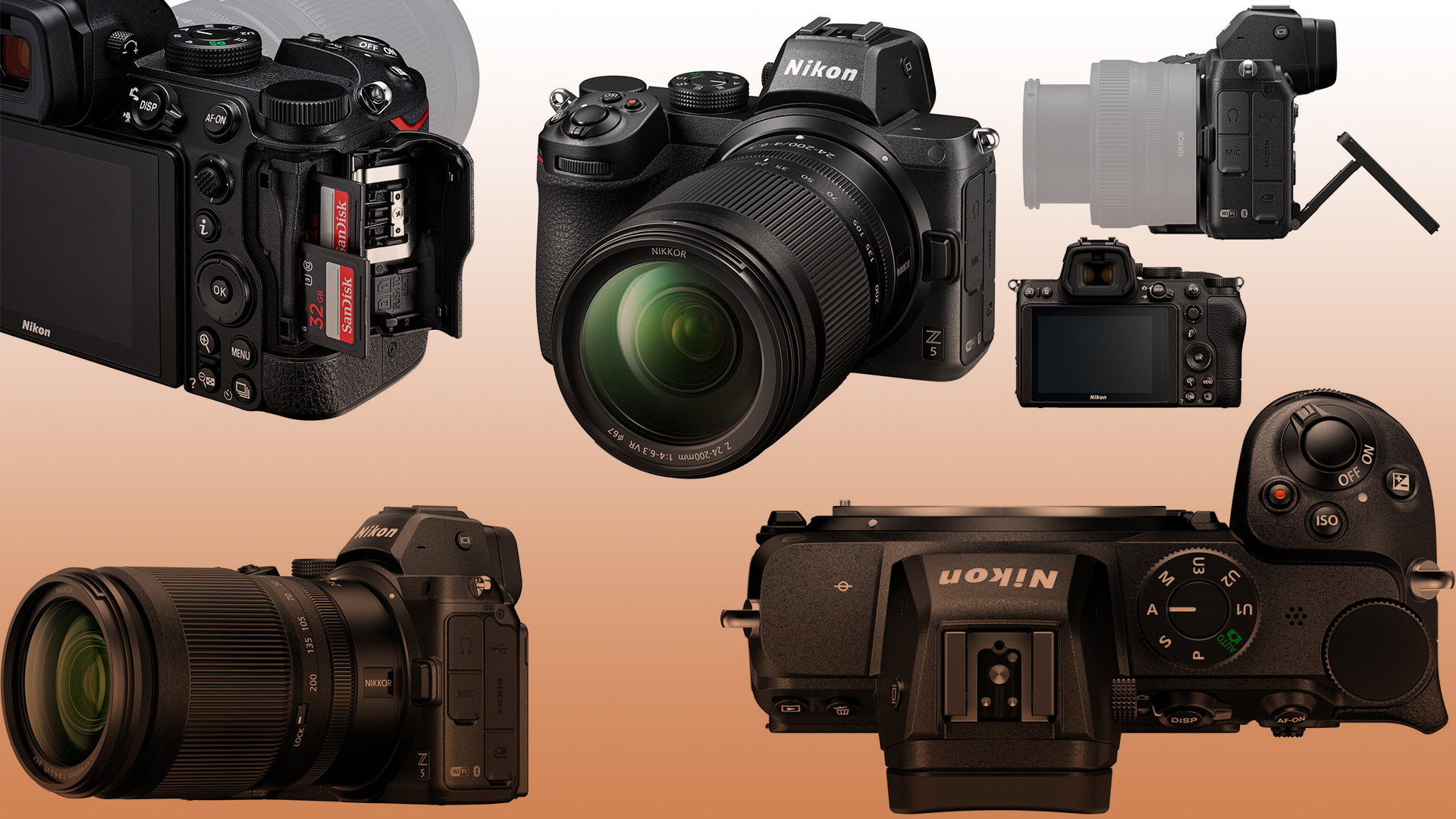Mirrorless camera advancements have been a significant trend in the camera industry. Mirrorless cameras, which lack the traditional mirror mechanism found in DSLRs, offer advantages such as compact size, faster autofocus, and electronic viewfinders. Here are some of the key advancements and trends in mirrorless cameras:
- Improved Autofocus Performance:
- Mirrorless cameras have seen continuous improvements in autofocus performance. This includes faster and more accurate autofocus systems, often utilizing on-sensor phase-detection and contrast-detection technologies.
- Eye and Animal Detection:
- Enhanced autofocus systems have introduced advanced features like eye detection and animal detection, allowing the camera to automatically focus on the eyes of human subjects and even the eyes or faces of animals.
- Higher Frame Rates and Burst Modes:
- Mirrorless cameras often feature high frame rates and impressive burst modes, allowing photographers to capture fast-paced action with ease. This is particularly beneficial for sports and wildlife photography.
- In-Body Image Stabilization (IBIS):
- In-body image stabilization has become a standard feature in many high-end mirrorless cameras. IBIS compensates for camera shake and allows photographers to shoot at slower shutter speeds without introducing motion blur.
- Compact and Lightweight Design:
- One of the key advantages of mirrorless cameras is their compact and lightweight design. Manufacturers have continued to refine the form factor while maintaining high-performance capabilities.
- Advanced Video Capabilities:
- Mirrorless cameras are increasingly recognized for their advanced video capabilities. Many models support high-resolution video recording, various frame rates, and professional-grade video features, making them popular among videographers and content creators.
- Electronic Viewfinders (EVFs):
- Electronic viewfinders in mirrorless cameras have seen improvements in resolution, refresh rates, and color accuracy. Some models offer a lag-free and highly detailed electronic viewing experience, rivaling optical viewfinders in DSLRs.
- Customization and User Interface:
- Mirrorless cameras often provide extensive customization options, allowing users to tailor settings and controls to their preferences. Intuitive touchscreen interfaces make menu navigation more user-friendly.
- Wireless Connectivity:
- Built-in Wi-Fi and Bluetooth connectivity are standard features in many mirrorless cameras. This enables seamless sharing of images, remote control via mobile devices, and easy integration with other smart devices.
- Environmental Sealing:
- Some high-end mirrorless cameras are equipped with weather-sealing features, making them more resilient in challenging environmental conditions. This enhances their suitability for outdoor and adventure photography.
It’s important to note that the landscape of camera technology is dynamic, and new advancements may have occurred since my last update. To stay current with the latest developments, I recommend checking the latest camera releases, reviews, and announcements from reputable sources and camera manufacturers.

